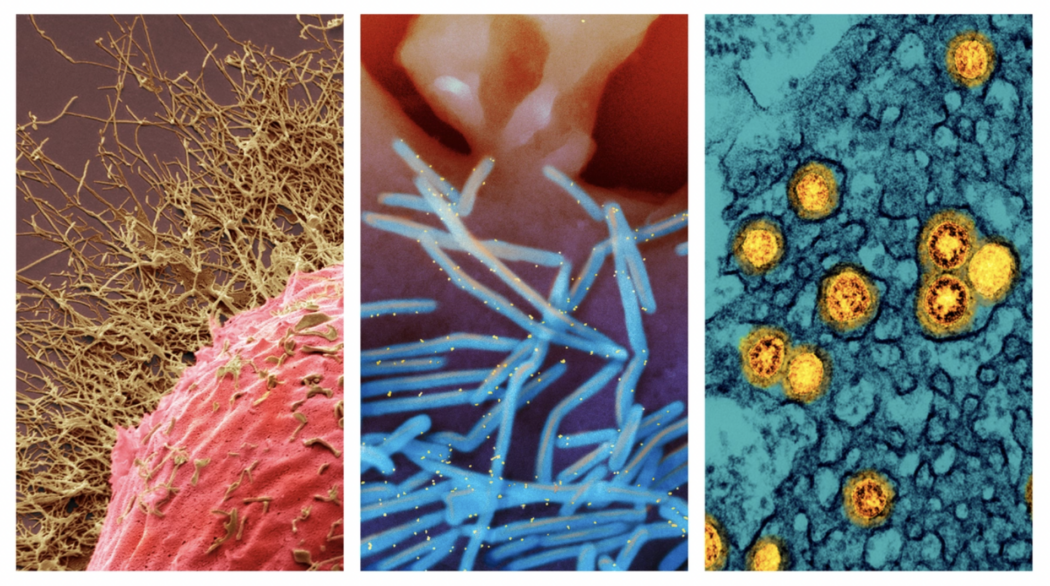The U.S. Surgeon General Vivek Murthy cautioned Americans this past week that medical facilities are reaching capacity as COVID-19, Influenza and RSV rates climb to new highs. According to the Johns Hopkins University of Medicine Coronavirus Resource Center, nearly 80% of ICU beds are currently occupied and expected to soon reach capacity as the season progresses.
COVID-19
According to Yale Medicine, although COVID-19 continues to be the most frequent virus, it is on a decline, while RSV and flu are increasing. To put this in perspective, about 4,000 out of 60,000 hospital beds are taken by those with COVID-19, an extremely small segment. Despite current trends and an overall better understanding of how to tackle the virus, experts remain worried a spike could occur following the holiday season, and they remain vigilant to new strains.

Influenza
As RSV comes down from its peak, the flu takes its place, with cases of hospitalization doubling following the Thanksgiving holiday. According to TODAY, 45 states and Washington DC are reporting widespread, high flu activity — cases have not been this high this early in the flu season in over a decade. There have already been almost 9 million cases of flu recorded this season, with 80,000 hospitalizations and 4,500 deaths. According to Jennifer Nuzzo of the Pandemic Center at Brown University, flu vaccinations are down about 15%, however it is more important than ever to get vaccinated as to not add the already exhausted hospital systems.
According to NPR, another troubling effect of the ‘tripledemic,’ mostly caused by the surge of flu cases, is a shortage of fever-reducing medicine for children, such as Tylenol, Motrin and Advil. A company spokesperson said while there is high demand and they may be difficult to find right now, there are no supply chain nor manufacturing issues, so they are confident they can meet the needs of the recent influx of cases.

RSV (Respiratory Syncytial Virus)
RSV began surging in August and September, much earlier than its typical winter season, which led experts to worry early on about a possible ‘tripledemic.’ The virus has not been as prevalent in the past couple of years, likely due to COVID-19 precautions such as masking and social distancing. Cases predominantly affect young children and senior citizens, but experts are finding RSV is putting adults in hospitals at 10 times its regular rate this season. Thankfully, according to Nina Shapiro of Forbes, it appears the peak of RSV has passed. However the many people currently hospitalized will continue to need their bed for a few weeks, thus not making hospital beds available until close to the new year.
While RSV symptoms are similar to that of the common cold — coughing, sneezing, runny nose and fever — doctors are more concerned about the infections this virus causes. According to the CDC, RSV is commonly the root of bronchiolitis, an inflammation of the small airways in the lung, and pneumonia, an infection of the lungs, especially in children younger than 1 year of age. It is important to quickly and appropriately treat RSV in this demographic, before it turns deadly.

It is never fun being sick, especially during the holiday season. Washing your hands, wearing a mask in crowded places and keeping up with vaccinations are just a few ways to protect yourself and loved ones from these nasty viruses.
Follow @VALLEYMag on Instagram for some more tips on how to stay healthy this winter!





